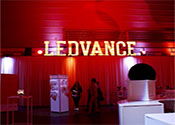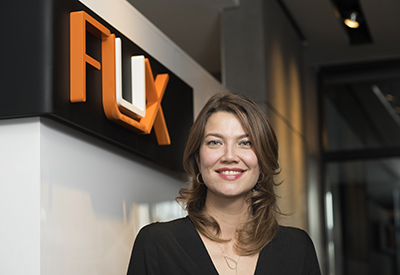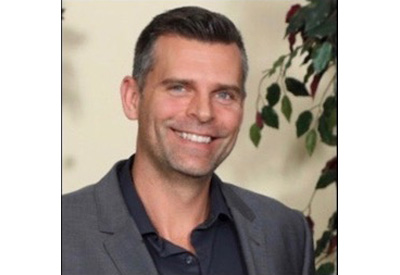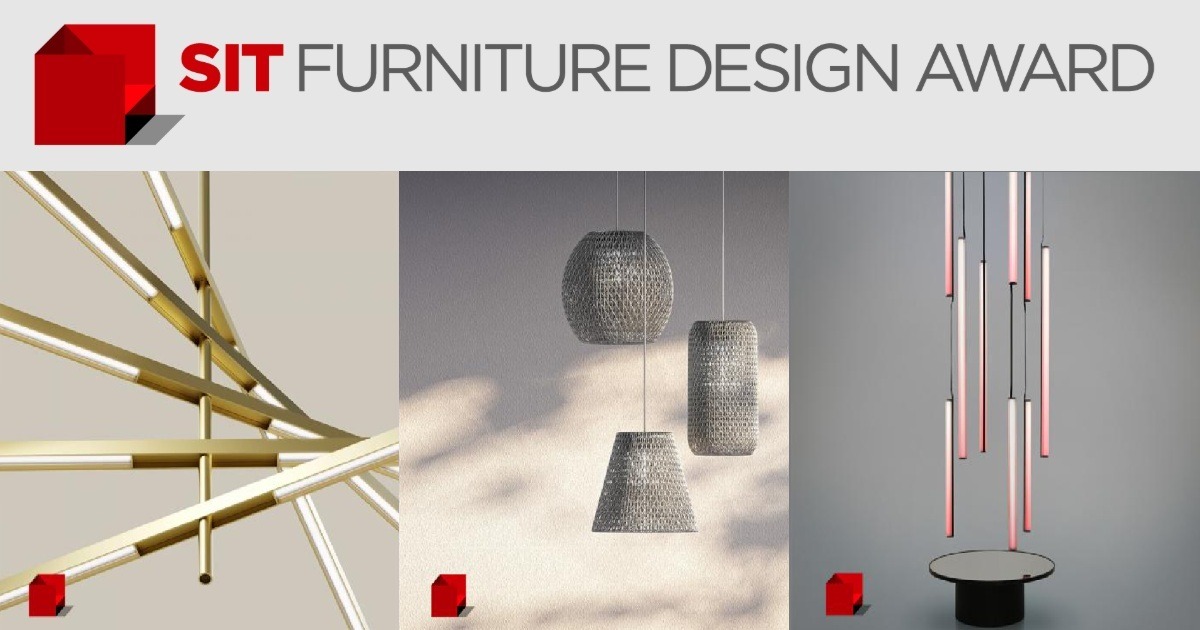Nationally Recognized Electrical Engineer Spent a Lifetime Illuminating the World

January 7, 2017
Sam McKnight of Cambridge, Ontario; born May 19, 1919, in Nova Scotia. Died Oct. 24, 2016, of age-related illness.
For 46 years a professional engineer, Sam McKnight travelled the world as one of Westinghouse’s most respected electrical engineers, a lighting designer of immense talent.
“He was a smart man, very smart and a hard worker,” said daughter-in-law Jayne McKnight. “He was also always reading about lighting.”
One of Sam’s most challenging jobs was designing the lighting for Vancouver’s 60,000-seat BC Place Stadium built for Expo 1986. He explained to a reporter “I had to tell the New York architect in charge of the lighting where to put 872 floodlights and how to aim them for five different sports and at two intensities.”
Photo credit: Wikipedia
That was a lot of responsibility but Sam was used challenges having designed lighting for tunnels and streets in cities around the world, including a bridge in Brisbane, Australia.
Born in Nova Scotia the youngest in a family of four, Sam grew up on a farm in New Brunswick, developed polio and lost his father when he was young.
“I don’t think they did without, but everyone had to work,” said Jayne, noting her father-in-law’s body, weakened from polio, meant he wouldn’t be suitable for farm work.
“Then he got an opportunity to go to the University of New Brunswick, a neighbour sponsored him,” she said.
Sam was studying electrical engineering at the University of New Brunswick at Fredericton when he was noticed by recruiters from Westinghouse who were conducting a talent search on campus. Sam graduated in 1941 and immediately went to work for Westinghouse, but four years later he was seconded to serve in the Royal Canadian Electrical and Mechanical Engineers.
During a training mission, a panicked young soldier inadvertently tossed a grenade after pulling out the pin. The explosion was so close to Sam he suffered a debilitating injury, one that might have ended up saving his life in the long run.
“It blew out his eardrum,” said Jayne. “He never got to go overseas.”
Sam did well at Westinghouse, first as senior application engineer in the lighting division and in 1963 he was appointed manager of engineering and marketing. In his work, Sam designed lighting systems for some of the country’s largest sports facilities including Hamilton’s Ivor Wynn Stadium during its redesign for the 1972 Grey Cup game. As well he worked on major stadiums in Calgary, Winnipeg and Edmonton.
He was out of the country when the SkyDome in Toronto was built though he was highly critical of the lighting. “Take a baseball hat because the glare is bad,” he once said.
“I think he was well respected as an electrical engineer,” said Jayne. “He was very passionate about his work.”
As technology advanced his in field, Sam adapted quickly, personally compiling a collection of more than 300 software programs, some of his own design. In fact, Sam was one of those early adopters, using computers to aid his work starting in 1972.
In 1971, Sam had been made a fellow of the elite Illuminating Engineering Society, one of only four appointees in Canada.
In his personal life, Sam was happiest when he was with family though he wasn’t particularly social. His wife, Louise, a former teacher he married in 1941, was the one who kept the couple engaged socially.
“My mother-in-law was the social bee, more of a mingler,” said Jayne. The couple had three sons, Craig, Garry and Robert.
Sam’s job required uprooting his family several times, but they eventually settled in the Doon area of Kitchener.
Retiring in 1984, Sam joined the volunteer economic development group, Canadian Executive Services Organization, or CESO, made up of retired professionals who offer their unique skills to communities in developing nations.
Through the 1980s, Sam went on four trips, three to Peru, one to Honduras, always living with local families. He said the greatest satisfaction was “bringing their technology up 35 years because they’re poor as church mice.”
These trips, however, were also troubling for Sam. He spoke of how he could just cry when he saw the locals rising early every day to snatch what food they could from rubbish heaps “before the dogs get at it. It’s just terrible.”
Sam’s volunteer work also took him to Romania and South Africa. As a couple, Louise and Sam travelled regularly and enjoyed winters in Arizona. After Louise died in 2007, Sam continued to live independently but eventually had to move to a Cambridge retirement home.
“He was very fit and healthy,” said Jayne, adding Sam loved the sun and would bolt out the door the moment it peaked from behind a cloudy sky.
“He loved golf, he was a huge golf fan and he loved gardening and really enjoyed sitting in the afternoon by the pool,” she said. “He was a character, sharp as a tack, well read, he read all the newspapers.
“He was a really great guy.”
Valerie Hill is a reporter with the Waterloo Region Record. This article was first published in The Record.













